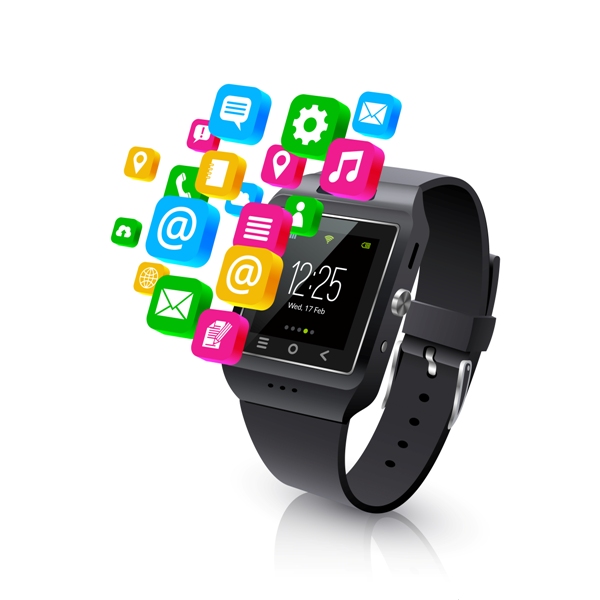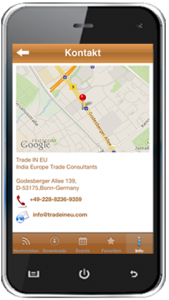In January 2014, Gartner came up with an interesting forecast on the future of mobile computing – the Mobile Apps usage. It predicts that by 2017, mobile apps will be downloaded more than 268 billion times, generating revenue of more than $77 billion and making apps one of the most popular computing tools for users across the globe. As a result, Gartner predicts that mobile users will provide personalized data streams to more than 100 apps and services every day.

What does it mean for a business? What does it mean for a company engaging with its customers? How will this change? How will they benefit, while delivering value to their clients? There are many dimensions to this myriad world of Smartphone / Mobile Apps. The key question as a business – how do you uncover its potential?
Today, Apps are largely driven by providing data or information to its clients or App users. The users then process it for decision making. Like reacting to a piece of information, an offer or a deal. Or, responding to the availability of a new product or service. Users are simply confined to selecting an option, or perhaps provided with a stimuli to buy. And thus, newer deals or offers have to be made available, to continuously engage with them.
However, as the foray of technology in a connected world turns in to reality (of daily use), the potential use of the Apps can be a very potent tool to drive a business. To be able to talk and converse with other devices in real time. And gather and process information, will be a new future of the App World. In their various choices that users exercise, they not only process information, but also transmit their choices. Like for example, a user repeatedly looking for a movie say for a late show option, also tells something about their preference of the day / times he/she makes such a decision. It is this data that companies can use to tailor their offerings. So even the ‘push notification’ can be customized, prompting your user to engage further!
Accordingly, cross-sell opportunities – like a user looking for a night club or bar, can be offered value add service like reserving a cab / taxi in advance, can be offered. Bar owners can tie in this service with a Cab/Taxi Operator, ensuring a higher quality service to its clientele. And perhaps a better service rating and social media ranking.
As the Apps interface strengthens with the wearable devices, from the control of home devices, to viewing personal preferences while traveling in Public Transport for instance, may well be the emerging reality.
“By 2017, Gartner predicts that wearable devices will drive 50 percent of total App interactions.”
These new wearable devices will use mobile Apps as their transmitter for data interchange and user interface, because individually, many of them will have limited user interface capabilities. The wearable devices will leverage the apps to provide the content largely, also to keep them manageable.
The App Analytics, both in volume and value will influence, how businesses customize their offerings to reach diverse customer demographics, interactions extending to the social circles of the user as well? And based on historical data, the Apps will allow businesses to have in-depth understanding of customer behaviors. A recurring activity, such as turning the heat on to a specified temperature at a pre-set time, will no longer need client interference. The intelligence will be built through the App usage, over a period of time, to automatically choose these options.
It is important, for businesses to build a relationship with their clients through Smart Apps. So that when the higher end of the smart Apps along with wearable devices kick in, they are already locked-in, to reap the benefits!
Contributed by: Vivek Luthra
The author is Managing Partner at Trade IN EU (TIE), speaker at various workshops and an avid technology enthusiast, offering Apps Solutions for the European sub-continent.


